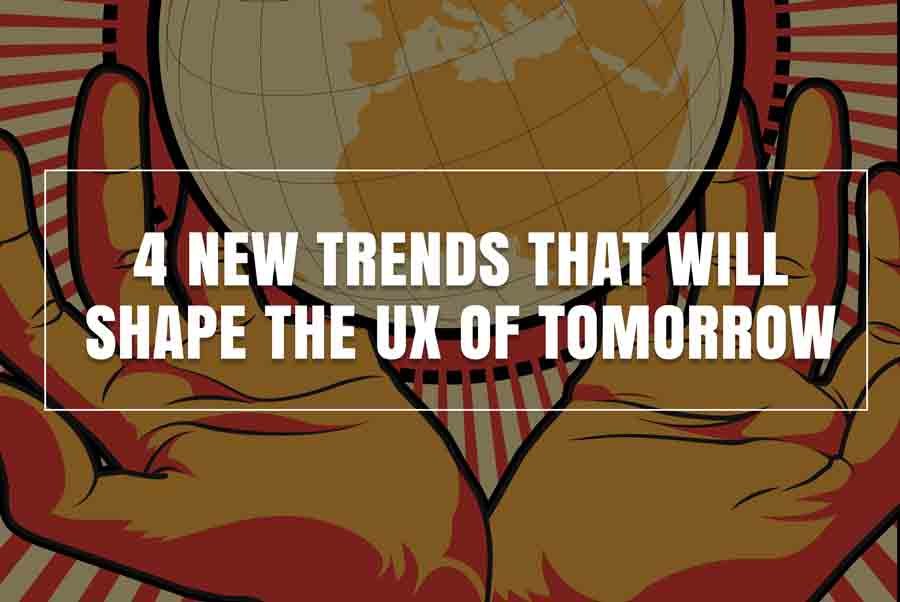New UX Trends
Creating a great UX (user experience) isn’t about simply about creating a user-friendly design. Rather, a great UX design gives the viewer a sense of emotional investment, inviting them to return.
Given that 88% of site visitors report that they are less likely to visit a site a second time after a poor user experience, it’s clear that UX design is key to driving and retaining site traffic. So, what UX trends should you keep in mind going forward?
1. Carousel of Regress
Over the last decade, the carousel (automatic image sliders) became a near-constant presence on sites of every variety. However, the research suggests that there are a number of reasons designers should avoid carousel.
Firstly, users often mistake carousels for ads or banners, meaning that there is a slim chance the user will even pay attention to the feature. However, even if the user does take note, most find the constant-motion distracting and irritating. Then, of course, there is the fact that carousels break up information across multiple panels, creating another barrier between the user and content.
Lastly, carousels are not optimized for touchscreens, especially the smaller ones found on smartphones. With mobile primed to become the dominant online channel in the next few years, it’s clearly time to retire this tired trend.
2. Designs to Encourage Exploration
People love to explore new things. Fresh experiences can drive chemical reactions in our bodies, triggering a response in the pleasure/reward part of the brain. As a result, people are constantly looking for a new ‘experience’ to participate in.
Web designers rely on a user’s natural curiosity to encourage visitors to explore their site. But at the same time, this presents the challenge of constantly offering new, exciting designs in order to captivate users. This can mean a number of different things, including:
- Redesigning elements
- Changing page layouts
- Adding new, compelling features
This doesn’t mean you should make your site too cryptic or overly-complicated to navigate. However, giving users a fresh, interesting environment to explore can keep the crowds coming back.
3. Content Display Options
Rather than depending on content writers to fill pages with volumes of information about a product, sites can now create visibly engaging pages of graphs, charts and more. Mixing the type of content on a site allows users to see exactly what they are looking for—even if they don’t realize they are searching.
Message interaction, calls-to-action, buttons and lists will become more prevalent as designers start building their new UX-friendly sites. As technology expert Monica Cardone explains,
“Good technology is really all about scaling, and that is often contingent on efficiency. If you are dealing with a blank canvas you have the ability to have a meeting of the minds and people are interested in a unanimous solution that works across the board.”
With UX optimization, the name of the game is to make every element as intuitive as possible—especially when it comes to the means of viewing and engaging content.
4. A.I. Developments
Over the past few years, sites turned increasingly to A.I. in order to provide a more responsive UX, and that trend will not reverse itself any time soon.
In the process of attempting to create new experiences for consumers, sites will begin offering consumers open-ended dimension or intelligent responses on a broader scale. For example, Netflix already adopted A.I. technologies in order to suggest content to user based on preferences and browsing habits.
The consumer is constantly offered a new selection of things to watch, developed by the back-end interface of their A.I., most of which should appeal to them based on their past views. Other services, from retailers to review sites, increasingly rely on this same method of providing users with the kind of content with which they want to engage.
Just the Beginning
UX optimization still has a tremendous amount of room for growth as a field.
As web designers search for new and interesting ways to increase site traffic and drive consumers to their site, UX options will only continue to become more inclusive. With the available technology constantly changing, the future of web design is bright.



